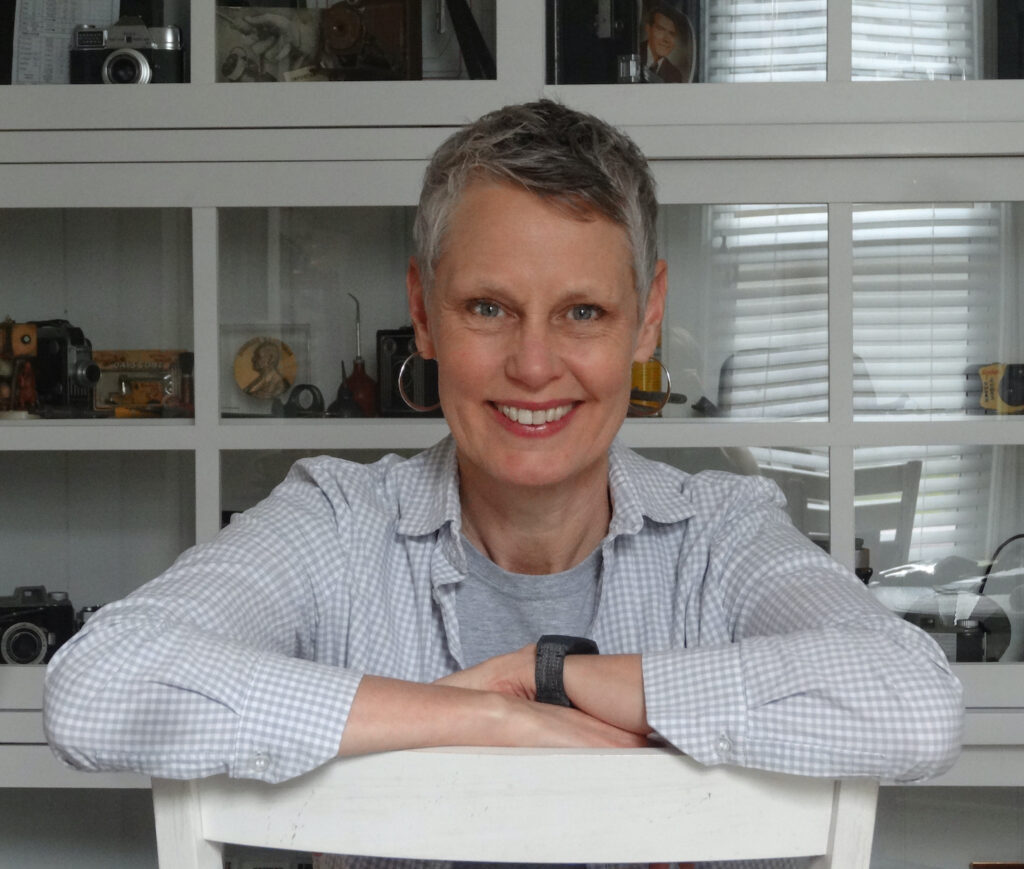
I had a very special part-time job until recently. I worked two days a week at a retirement complex in the neighborhood. I made smoothies and sandwiches and served up coffee in the community’s in-house bistro. From my place behind the counter, I watched the comings and goings: residents on their way to a meal; going to rehab or coming home from the hospital; friends visiting; family bringing groceries.
In my last few weeks on the job — knowing I would miss it — I began to pay greater attention to what for me has been the most poignant of comings: people moving into a community setting for the first time in their lives, in their 80s or 90s. Perhaps this was on my mind because I’ve noticed the two nonagenarians on the block where I live are receiving more support for continuing to live at home. Or maybe because a friend recently connected me with a woman who’s realized she and her partner are increasingly at-risk living in their home of over 30 years. In addition to the stress of the physical move and caring for a spouse with dementia, this woman shoulders the additional weight of wondering how a same-sex couple will be treated in a setting where they may be “the only” or “the first.”
What have I learned from the residents where I worked about how to adjust to community life?
One person decided to attend everything, to try all the activities that were offered. It was hectic and exhausting for a while, but he enjoyed himself. By his second month living there he had made friends and had settled into a more reasonable routine.
Another took the opposite approach. She kept her routines with friends and family outside the building the same as always. She continued to get a ride to church from a friend or taxi every Sunday. Lunch dates with her grandchildren continued. She didn’t try an activity in her new home until nearly six months after moving in. But it was interesting to her and exactly what she needed.
In a move I imagine for myself someday, one newcomer made the place his own by bringing his favorite hot sauces and adult coffee enhancements (let’s say) to the dining room in the basket attached to his walker. He shared with people he met. Interesting conversations unfolded.
A fourth introduced himself to the activities staff and told them about his interest in music. Within months he was leading a choir in the community and playing piano at sing-alongs for residents in the assisted-living wing.
Residents there taught me as much about how to be open and curious and welcoming to newcomers as they did about how to adjust to community life.
A resident who passed away several months ago used to hand-make and deliver birthday cards to everyone in the building, staff and residents alike. When she died, I wondered if someone would keep the tradition alive.
Several other residents roll out the welcome mat by hanging out in the lobby area and striking up conversations with newcomers and passers-by. One person would buy smoothies at my bistro and deliver them to people who were feeling under the weather.
And time and time again I watched as my customers invited someone to join them at their table. They shared cinnamon rolls and stories, sometimes breaking out into song. They brightened each other’s days.
If a move into a community setting is in your future, I hope you will cut yourself as much slack as you need. Settle in at your pace. Share your passions and gifts over time. Your life is full and complex and has taken you through many interesting adventures to arrive at this point. As the popular phrase goes, “You be you.”
Moving into a community setting is a big change. It’s exciting for some, a relief for others. But for nearly everyone I’ve encountered, there’s at least a little apprehension. I hope you receive the warmest of welcomes.
Kathryn has lived in North Denver since around the time Mount Carmel High School was razed and its lot at 3600 Zuni became Ana Marie Sandoval Elementary. She’s raised two children in the neighborhood, worked at several nonprofits and volunteered with the Alzheimer’s Association Colorado Chapter.

Be the first to comment